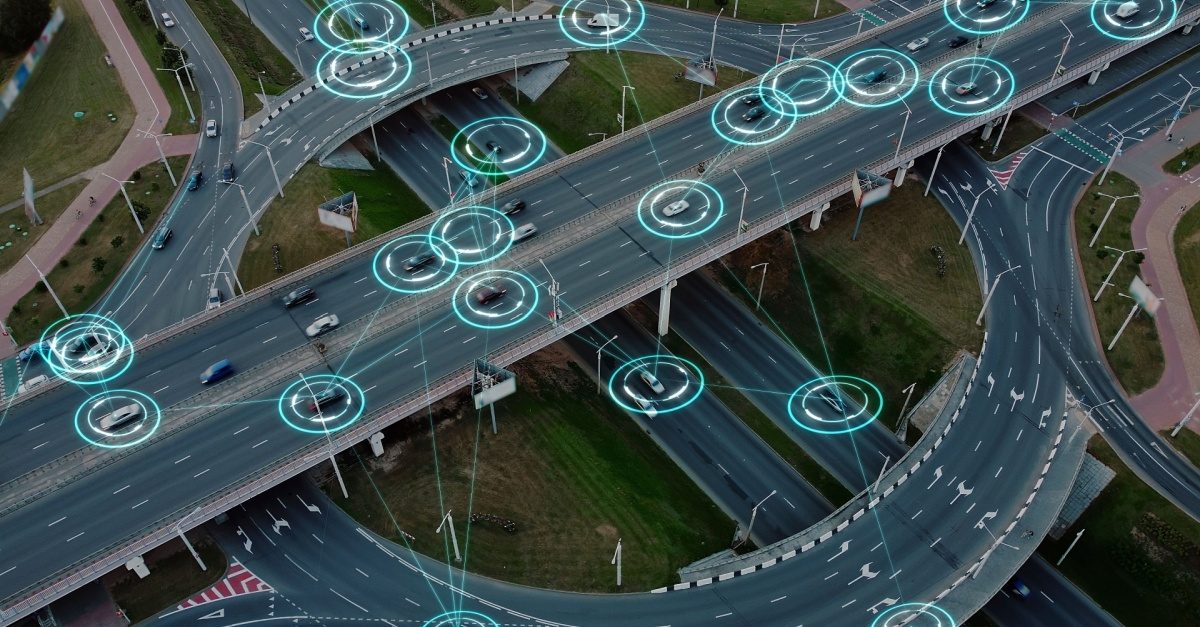
The Future of Bulk Transport: Navigating the Opportunities and Challenges of Autonomous Vehicles
As autonomous vehicles continue to evolve, their impact on bulk transport will reshape the industry. These cutting-edge technologies have positioned the transport sector at a critical crossroads where the promise of enhanced efficiency, cost savings, and safety must be balanced against the hurdles of infrastructure, regulation, and adoption. All across the world, autonomous vehicle plans are being implemented by supply chain leaders that operate on land, water, or even in the air. So what does this rapidly evolving landscape mean for the future of bulk transport? Let’s analyse some of the most prominent opportunities and challenges.
Revolutionising Bulk Transport: The Benefits of Autonomous Vehicles
Autonomous vehicles offer transformative benefits for bulk transport that improve operational efficiency. Here’s a closer look at the advantages they bring to the industry.
Addressing Labour Shortages
The shortage of lorry drivers, exacerbated by an aging workforce and a lack of interest from younger generations, is a pressing issue in the transport industry. Autonomous vehicles offer a viable solution to this problem by alleviating the need for human drivers. This shift can help fleet managers meet rising demand and adhere to stricter delivery timelines.
Similarly, autonomous ships, such as Mikage, the world’s first autonomous container freighter, demonstrate how such technology can improve safety and efficiency in maritime transport. In 2022, they set out on a 300 km journey between two Japanese ports, establishing a pivotal milestone for autonomous maritime freight.
Reducing Operational Costs and Enhancing Efficiency
The economic benefits of autonomous vehicles are substantial. According to a 2018 McKinsey study, autonomous lorries could reduce operating costs by 45% and save the haulage industry up to $125 billion. Innovations such as platooning—where driverless lorries form a convoy behind a lead vehicle—promise further fuel savings and cost reductions. Achieving Level Five autonomy, anticipated in the coming years, is expected to drive down fleet management costs and carbon emissions significantly.
Boosting Safety Through Advanced Technology
Fleet telematics goes beyond enhancing preventive maintenance practices and reducing congestion: it’s a core technology driving the autonomous vehicle industry. Driverless vehicles leverage data from dozens of sensors to navigate journeys with enhanced safety and minimal human intervention.
A study by the US Department of Transportation showed that 9 in 10 traffic accidents result from human error. Autonomous vehicles equipped with advanced cameras, radars, and lidars stand to significantly reduce this statistic.
Overcoming the Hurdles: Challenges in Adopting Autonomous Vehicles
Autonomous vehicles have shown great promise in streamlining supply chain efficiency, cutting costs, and increasing the number of hauls. But they haven’t come without their fair share of challenges.
Here are just some factors standing between the current state of the technology and widespread adoption:
Infrastructure Upgrades
The widespread adoption of autonomous vehicles necessitates improvements in both physical and digital infrastructure. Physical upgrades include modifying warehouses and factories to accommodate self-driving vehicles. Simultaneously, advancements in IT infrastructure, such as computer vision and IoT, are essential for supporting real-time data processing and decision-making.
Regulatory Frameworks
In February this year, the United States government revealed that it wanted to establish standards for self-driving commercial vehicles.
So far, policies regarding autonomous vehicles have come from local and state governments. This announcement marks the first proper involvement of the Federal Motor Carrier Safety Administration in ensuring the safe integration of autonomous vehicles on American roads. Many policies will likely focus on the training and certification of remote lorry operators.
While this is a positive first step, it is crucial to continue developing comprehensive frameworks that guarantee the reliable, consistent, and secure performance of autonomous vehicles.
Adopting New Maintenance Practices
Developing new auto repair strategies is vital to reducing downtime and ensuring the operational efficiency of a brand-new fleet of autonomous vehicles.
The challenge lies in adopting cutting-edge preventive maintenance practices — automotive digital twins have emerged as one promising solution. By collecting and analysing vast amounts of data from advanced vehicle sensors, digital twins monitor fuel efficiency, durability, and more parameters to identify potential faults, even in the most advanced autonomous vehicles.
The Road Ahead
The journey toward integrating autonomous vehicles into bulk transport is complex and multifaceted. Addressing the challenges of infrastructure, regulation, and maintenance will be crucial for realising the full potential of these technologies. As organisations invest in these areas, they will be well-positioned to capitalise on the enhanced efficiency and cost savings offered by autonomous vehicles.
While the path to widespread adoption of autonomous vehicles is scattered with hurdles, the opportunities for transforming bulk transport are difficult to ignore. By tackling these challenges head-on, the industry can look forward to a future where autonomous technology drives significant improvements in both efficiency and safety.
Article By Graham Perry
Graham Perry is a writer at Business Tech Innovations specialising in logistics supply chain optimisation. With expertise in fleet management, freight matching, and transportation technology, his articles empower businesses to navigate the dynamic world of logistics with peace of mind.

With such importance placed on successful logistics operations within the supply chain, at The Institute of Supply Chain Management (IoSCM) we offer a range of professional qualifications in logistics and transport, each carefully designed to match modern businesses’ needs and upskill professionals at all stages of their logistics careers.
